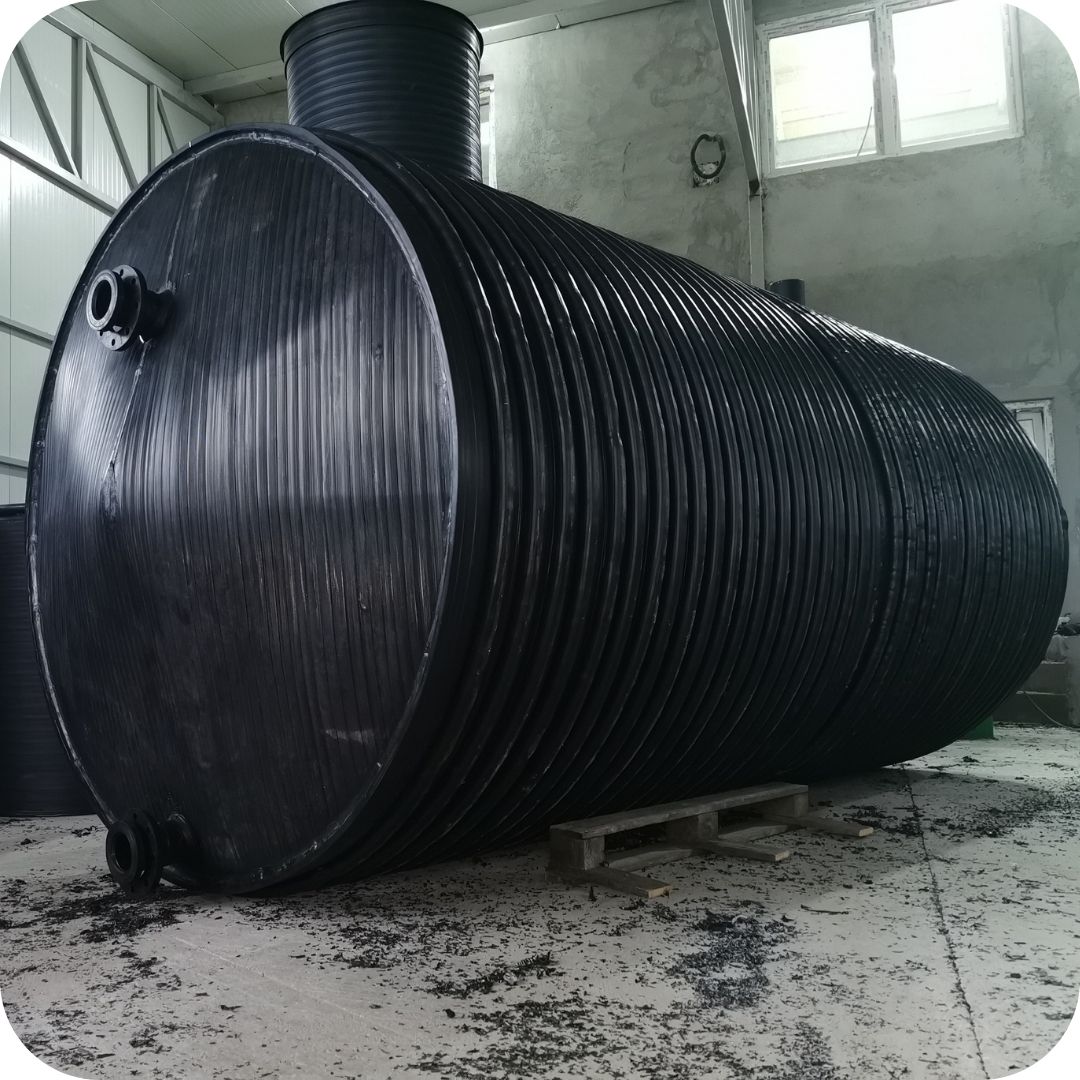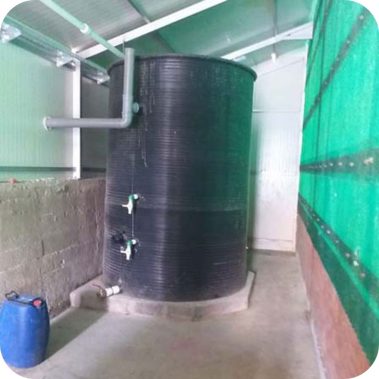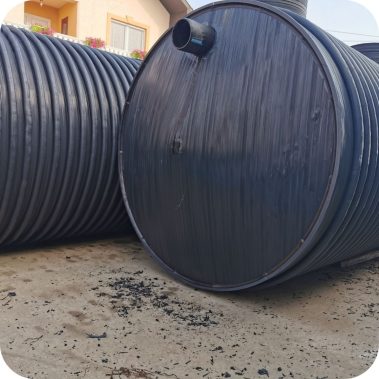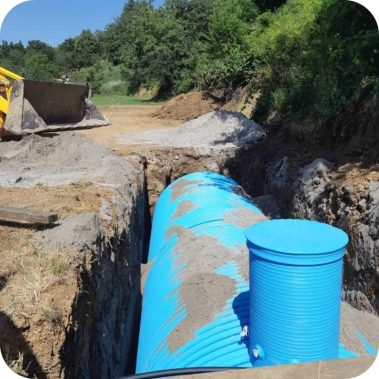Rainwater harvesting tanks represent an innovative and environmentally sustainable solution for water management in households and commercial properties. The main advantages of these systems include:
1.Unlimited water capacity
With a sufficiently large tank or tank system, you can collect significant amounts of rainwater, allowing for abundant garden watering, pool filling, as well as use for laundry, dishwashing, and showering without fear of excessive consumption or restrictions.
Regardless of climate conditions and storage capacity, a rainwater harvesting system can significantly reduce dependence on the municipal water supply, providing almost an unlimited source of water for non-potable needs.
2.Reduced use of municipal water:
Using rainwater for most needs reduces the demand for treated water from the municipal system, conserving resources and reducing the burden on water treatment and distribution infrastructure.
By utilizing rainwater, you contribute to sustainable water resource management, reducing the need for water extraction from natural sources, which can be beneficial in regions with limited or endangered water resources.
3. Lower water costs:
Using free rainwater for most daily needs reduces the consumption of municipal water, directly leading to lower water costs.
While the initial investment in a rainwater harvesting system can be substantial, the long-term savings on water costs often justify the initial expenses, especially in areas with high water tariffs.
4. Easy transport and installation:
Most rainwater tanks are designed to be lightweight and portable, facilitating transport to the location and installation. They can be placed in various locations, including underground, aboveground, or concealed positions.
Systems can be customized to specific needs and space available at the location, allowing installation across a wide range of properties, from residential to commercial.
5. Simple maintenance:
Rainwater harvesting tanks and systems generally require minimal maintenance, which may include occasional filter cleaning and system component inspection.
Modern materials and technologies used in tank manufacturing guarantee durability and corrosion resistance, further reducing the need for frequent maintenance or system replacement.
Considering these advantages, a rainwater harvesting system represents a smart and sustainable investment for the future, offering an environmentally friendly and cost-effective way to manage water consumption.










